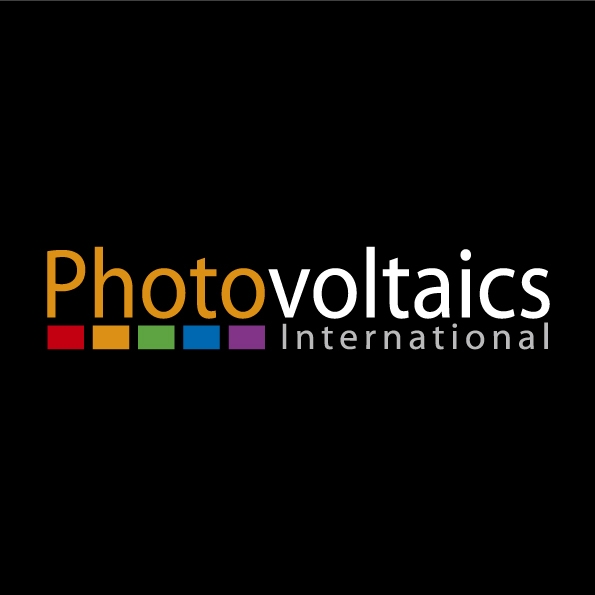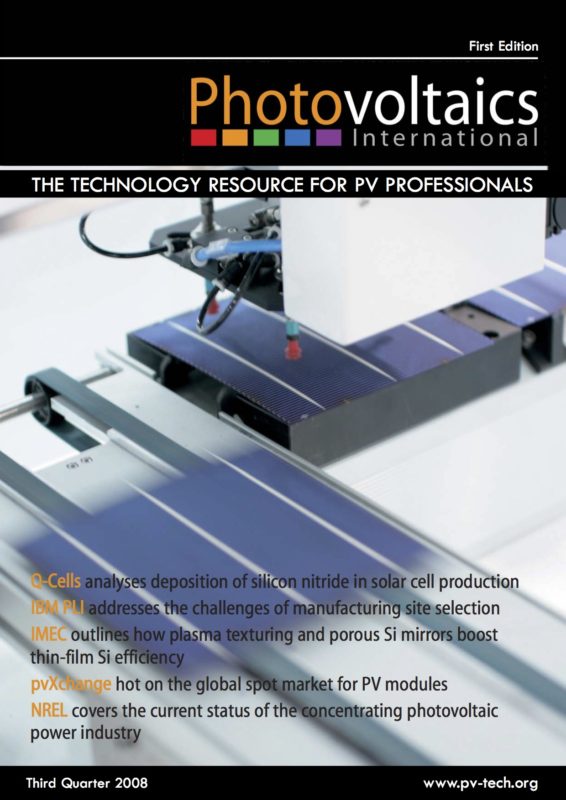By Hanne Degans, Scientific Editor, IMEC; Izabela Kuzma, Researcher, Solar Cell Technology Group, IMEC; Guy Beaucarne, Head in the Solar Cell Technology Group, IMEC; Jozef Poortmans, Department Director Solar & Organic, IMEC
Thin-film silicon solar cells are a potentially low-cost alternative to solar cells based on bulk silicon that are commonly used in the industry at the present time. However, a major drawback of the current epitaxial semi-industrial screen-printed cells is that they only achieve an efficiency of about 11-12%. By upgrading their efficiency, this kind of solar cell would become more attractive to the photovoltaic industry. The optimization of the front surface texture by dry texturing based on a fluorine plasma and the introduction of an intermediate porous silicon reflector at the epi/substrate interface (multiple Bragg reflector) has proven to result in an efficiency boost up to about 14%.


